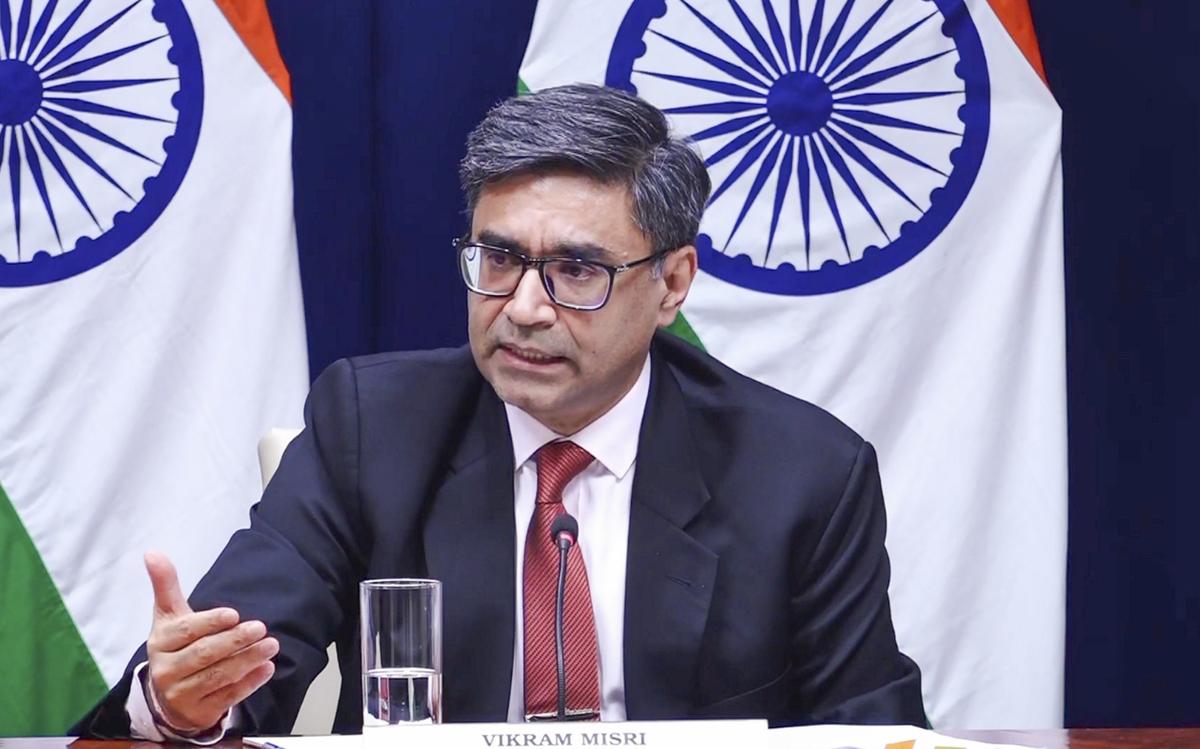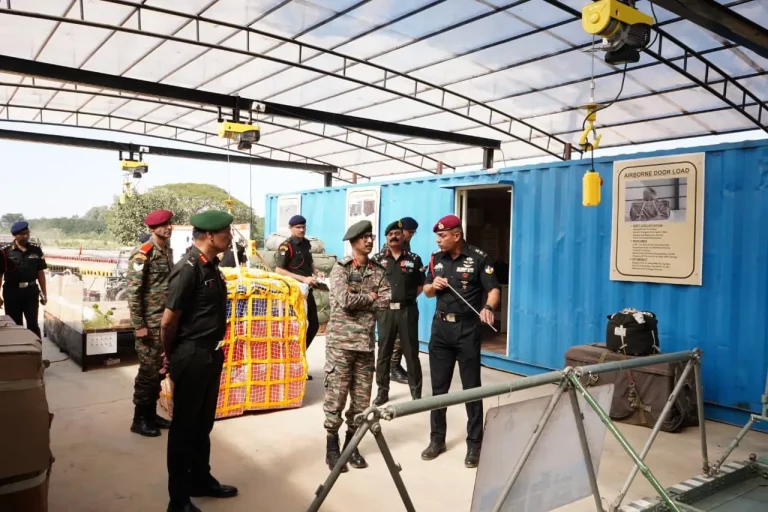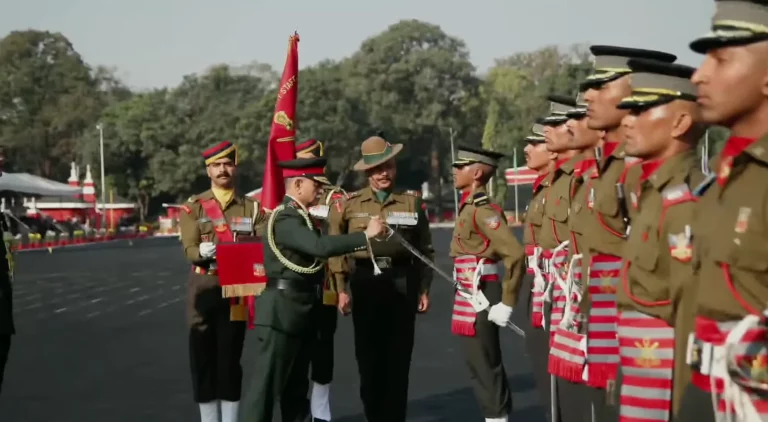Tensions between India and Pakistan have intensified dramatically following a reported violation of a ceasefire agreement by Pakistani forces, leading to military retaliation from India. Indian Foreign Secretary Vikram Misri addressed the media today, describing the evolving situation as “gravely concerning.”
Misri indicated that a recent reaffirmation of an understanding had been established between the Directors General of Military Operations (DGMOs) of both countries to uphold peace along the Line of Control (LoC). However, just days after this agreement, Pakistan commenced an aggressive operation characterized by drone swarms and heavy artillery shelling across both the LoC and the International Border, compelling the Indian Army to launch a robust response.
Military sources from India revealed that on May 7 and 8, 2025, targeted precision strikes effectively neutralized significant Pakistani air defense capabilities, including radar systems. This response was deemed necessary following what India referred to as “unprovoked and deliberate acts of aggression” by Pakistani forces.
These recent confrontations are notably among the most serious escalations since the 2019 Pulwama-Balakot incident and draw historical parallels with earlier conflicts, such as the 2016 Nagrota attack. That event was triggered by the killing of Hizbul Mujahideen commander Burhan Wani, initiating a wave of unrest and cross-border violence. Analysts highlight that while ceasefire agreements can provide temporary relief, they remain precarious due to the deeply entrenched geopolitical and ideological rifts.
In this latest conflict, drone warfare has emerged as a prominent feature. Military analysts observe an increasing reliance on unmanned aerial systems for surveillance, targeted strikes, and psychological operations. Pakistan’s use of saturation drone attacks signals a concerning shift in asymmetric warfare strategies aimed at overpowering conventional defense mechanisms.
International reactions have been prompt, with the United States and other significant global players calling for immediate de-escalation and dialogue. A spokesperson from the U.S. State Department expressed “deep concern” regarding the deteriorating peace in South Asia and urged both nations to exercise restraint.
Amidst ongoing diplomatic initiatives, the situation remains precarious. Evacuations have been ordered for residents in vulnerable areas of Jammu and Kashmir, and India has bolstered troop deployments along critical sectors.
This escalation stands as a stark reminder of the persistent volatility in India-Pakistan relations and the dangerous repercussions of unresolved territorial disputes in the age of nuclear armament. As both nations prepare for the potential for further conflict, the international community watches with concern, hoping that diplomatic efforts can once again prevent disaster.
















